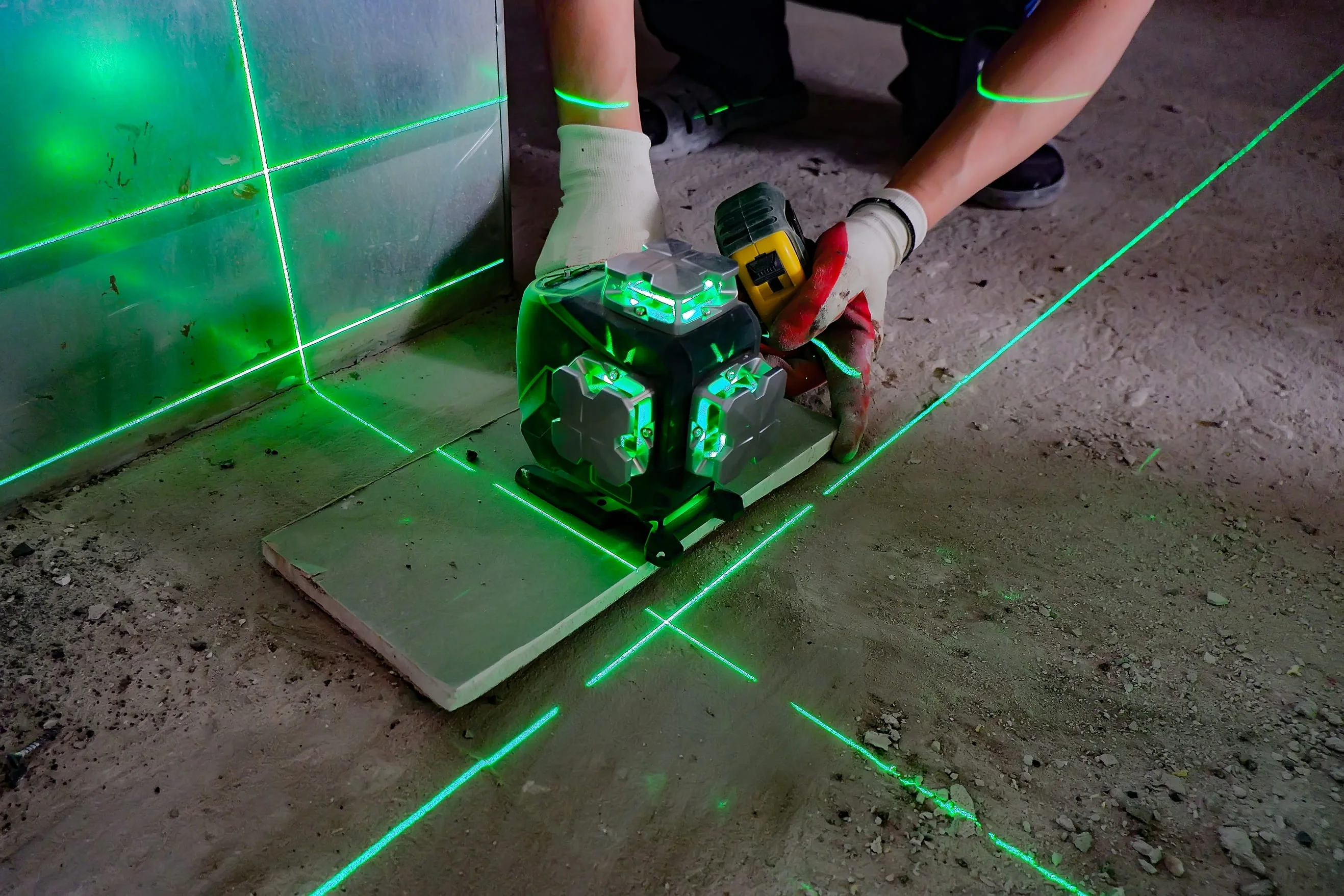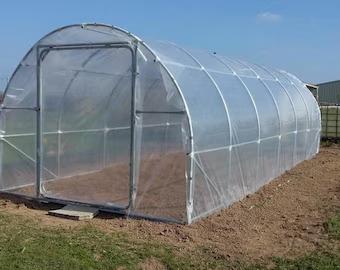What is laser cutting and how does it work in modern manufacturing and fabrication industries

Laser cutting is a precise and efficient manufacturing process that uses a high-powered laser beam to cut, engrave, or shape materials. It’s widely used in industries such as automotive, aerospace, construction, and electronics due to its accuracy, speed, and versatility. The technology allows manufacturers to create complex designs and smooth edges with minimal waste and post-processing.
The working principle of laser cutting involves focusing a concentrated beam of light onto the surface of a material. This laser beam, generated by a fiber, CO₂, or diode laser source, delivers intense energy that heats, melts, or vaporizes the targeted area. A computer-controlled system directs the beam according to a digital design (CAD file), ensuring high precision and repeatability. Once the material melts or burns, a jet of gas—usually oxygen, nitrogen, or air—blows away the molten residue, leaving a clean and accurate cut.
There are several types of laser cutting technologies, each suited for specific applications:
-
CO₂ Laser Cutting: Ideal for non-metals like wood, plastic, glass, fabric, and paper. It offers smooth edges and high-quality finishes.
-
Fiber Laser Cutting: Designed for metals such as stainless steel, aluminum, brass, and copper. It provides faster speeds and lower maintenance compared to CO₂ lasers.
-
Nd:YAG Laser Cutting: Used for very fine and detailed work, often in electronics or medical device manufacturing.
Laser cutting machines can handle a wide range of materials, including metals, plastics, ceramics, composites, and wood. The flexibility of the process makes it useful for both mass production and custom one-off projects. In addition to cutting, the same laser systems can perform engraving, marking, and welding, making them a versatile asset in any production line.
One of the major advantages of laser cutting is its precision and consistency. The laser beam is extremely narrow, allowing intricate shapes and fine details that would be difficult to achieve with mechanical tools. The process is non-contact, meaning there is no physical tool wear or deformation of the material. This results in cleaner cuts, reduced scrap, and minimal need for finishing work.
Laser cutting is also fast and efficient, particularly when used with automation and CNC technology. The digital nature of the process enables rapid design changes and short setup times, making it ideal for industries that require flexibility and quick turnaround. Additionally, laser cutting is more eco-friendly than traditional methods because it produces less waste, uses less energy, and doesn’t require harmful chemicals.
In terms of applications, laser cutting is used to manufacture automotive body panels, electronic components, architectural decorations, and precision parts. It’s also common in the fashion and signage industries for cutting textiles and acrylics.
In conclusion, laser cutting is a cornerstone of modern manufacturing. Its combination of speed, accuracy, flexibility, and sustainability makes it an essential technology for businesses aiming to improve quality and efficiency. As laser technology continues to evolve, laser cutting is becoming even faster, smarter, and more cost-effective, driving the future of industrial fabrication.


